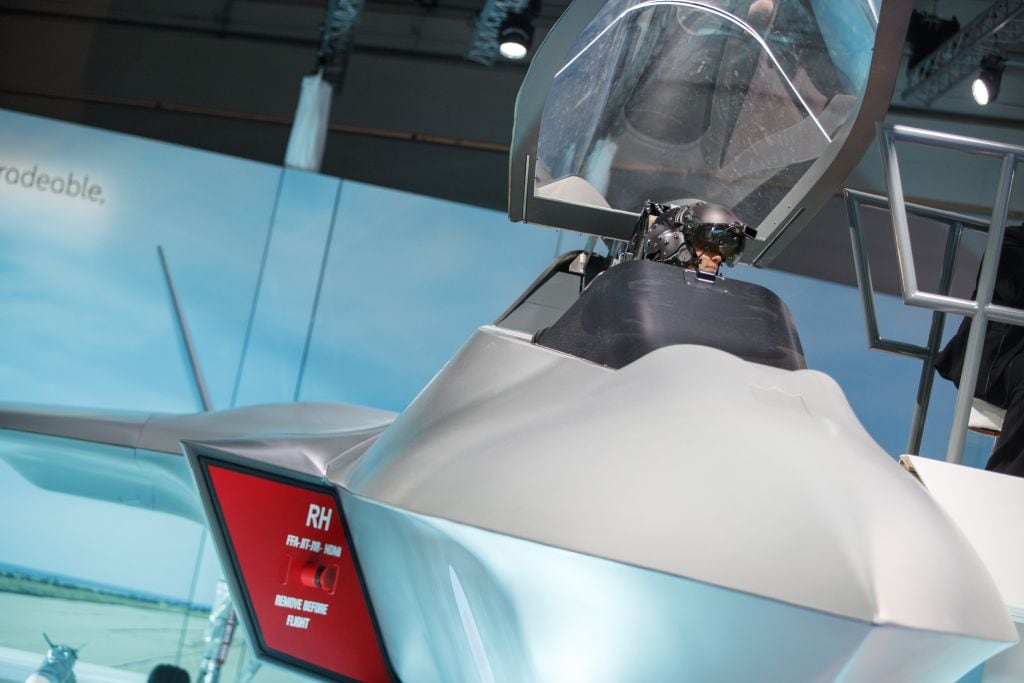ROME — The U.K.’s new Tempest fighter, planned as Britain nears its exit from the European Union, may still benefit from funding provided by the EU, according to one of the partners.
Britain’s launch of the Tempest at the Farnborough Airshow last month follows plans by France and Germany to build their own new fighter, reflecting the rift caused by the Brexit referendum in 2016.
Firms due to work on the Tempest include BAE Systems, MBDA, Rolls-Royce and Leonardo, which is an Italian firm but one that employs 7,000 staff in the U.K. Italy and Sweden are possible national partners on the program.
The program would appear to be excluded from receiving funding from the EU’s new defense fund thanks to Brexit. But if EU partners do sign up, then the organization’s cash might yet be used, said Giovanni Soccodato, head of strategy, markets and business development at Leonardo.
“If, for example, Italy, Germany and Sweden were on the program and firms in those three countries were working on a thermal hood (camera) using EU defense funds, why could it not be used also on the Tempest?” he said.
Nor did he believe Brexit would pose a threat to Leonardo’s work on the Tempest. “I imagine there could be ad hoc trade deals,” he said. “Ultimately, there could be a convergence between Tempest and the Franco-German project — it is difficult to think of EU programs with no U.K. input.”
RELATED

Italy has not signed up to the Tempest project, but Norman Bone, chairman and managing director of Leonardo in the UK, told Defense News at Farnborough: “We would desperately like Italy to come along.”
Added Soccodato: “Not for me to say, but both Italy and the U.K. have the Tornado, Eurofighter and F-35, so there is sense in them both working towards the Tempest.”
He added that Leonardo’s electronics facilities in the U.K. might tackle sensor, data link, electronic warfare and armaments integration work on the program.
While MBDA could work on laser weapons for the fighter, Leonardo could also be involved thanks to its laser research at its Edinburgh facility in Scotland.
“That said, it’s premature to say who will do what, although Leonardo is best positioned handling over 60 percent of the avionics on the Eurofighter,” he added.
Radar on the fighter would likely integrate electronic warfare capability, he said, and be conformal, meaning arrays can be distributed around the hull of the aircraft.
With plans for optionally manned flight, Leonardo’s work on remote control and sense-and-avoid UAV technology could be used, he noted.
Tom Kington is the Italy correspondent for Defense News.





